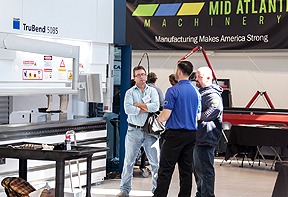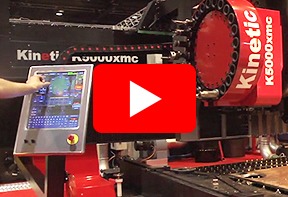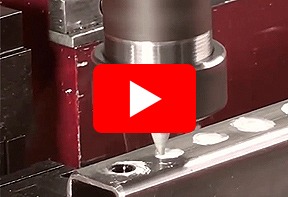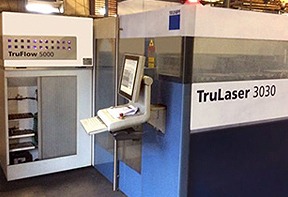Gearing Up for Success: Harnessing Automated Machine Tending for a Competitive Advantage
In the relentless pursuit of efficiency and productivity within the manufacturing and fabrication sectors, industry leaders are turning to technological advancements. Among these, Automated Machine Tending (AMT) stands out as a pivotal asset in gaining a competitive edge. By automating the mundane yet crucial task of machine tending, manufacturers and fabricators are witnessing transformative benefits. This blog sheds light on the myriad ways AMT is catalyzing a competitive advantage:
- Reduced Downtime:
AMT drastically minimizes downtime by ensuring machines are constantly operational. By automating machine tending with robots, downtime is decreased as machines spend less time idle, thereby improving the Overall Equipment Effectiveness (OEE)1. - Increased Flexibility:
The flexibility of AMT is remarkable. Robots can be quickly and effortlessly reprogrammed to handle new product variants and changes, making it easier to adapt to varying production demands without any significant delays1. For example, AutoTend™ can be deployed with existing equipment, even more impressive – the system can be moved and reprogrammed to tend a different machine. - Operational Cost Savings:
The transition from manual to automated machine tending leads to notable reductions in operational costs. By automating mundane tasks, manufacturers can allocate resources more efficiently, thereby boosting profitability2. In terms of ROI, in many cases the AutoTend™ system can be paid off in under two years with significant labor and productivity savings. - Enhanced Productivity and Efficiency:
With AMT, manufacturers can run operations round-the-clock without the constraints of fatigue or breaks, leading to substantial improvements in productivity and equipment efficiency. This continuous operation enables meeting higher production demands and reducing cycle times effectively3. Additionally, a system such as the AutoTend™ allows individual workers to tend to multiple machines through just monitoring the programming. - Improved Quality and Throughput:
AMT significantly elevates the overall quality of parts by reducing errors in the manufacturing processes, thus maximizing throughput. The precision and consistency of automated systems ensure a higher quality output, which is critical for gaining a competitive edge4. - Optimized Resource Utilization:
AMT allows for the redirection of skilled labor towards more strategic, value-driven tasks, fostering an environment of innovation and continuous improvement. Moreover, the increased accuracy and efficiency lead to material savings and overall better resource utilization5. - Employee Retention and Satisfaction:
By automating mundane tasks, the workforce engages in more challenging and satisfying work, leading to higher retention rates and job satisfaction. This positive work environment further contributes to an organization’s competitive positioning5.
Automated Machine Tending emerges as a linchpin for manufacturers and fabricators striving for a competitive advantage. Its adoption not only propels operational excellence but also cultivates a conducive environment for innovation, quality, and growth. In a market where every ounce of efficiency counts, integrating AMT is a prudent step towards securing a formidable market stance. Contact us today for more information!









